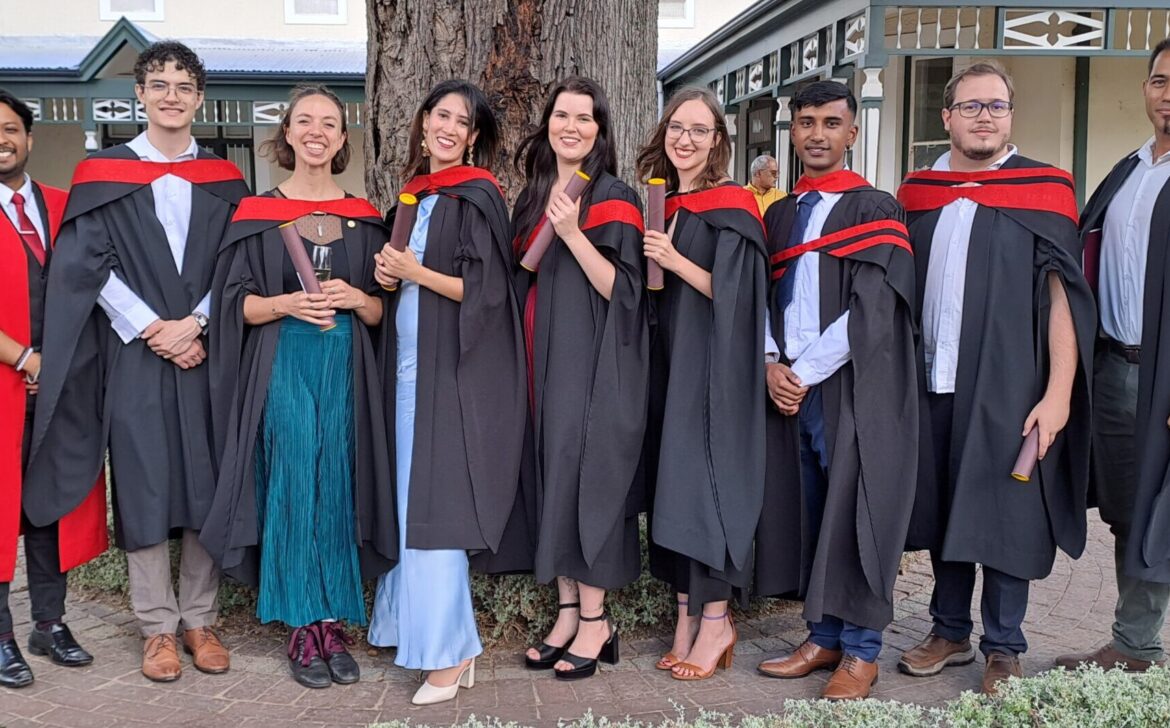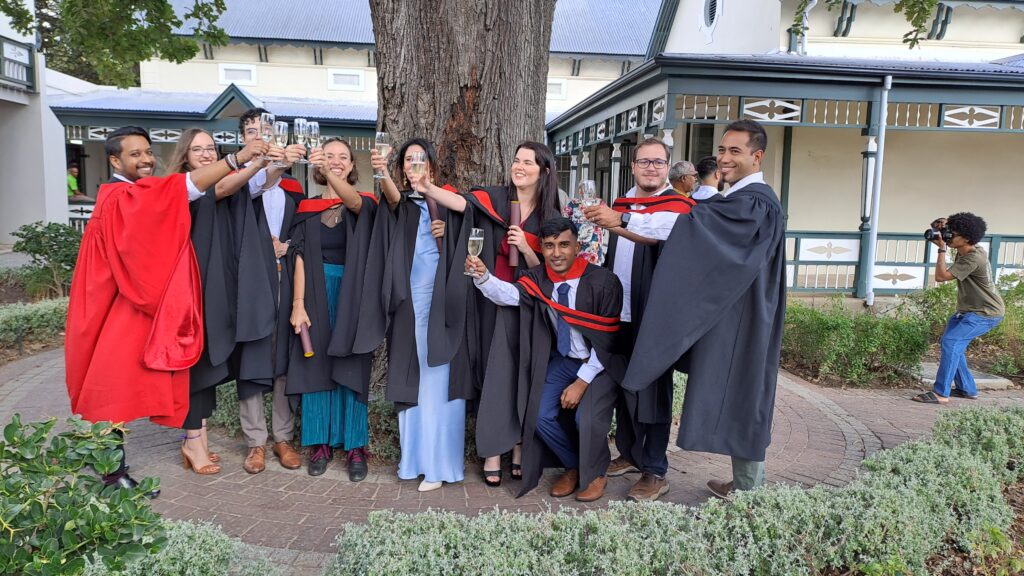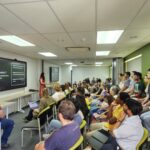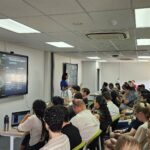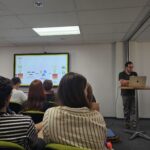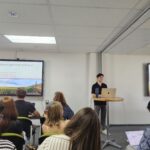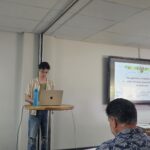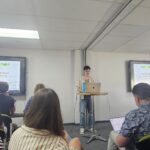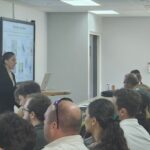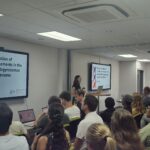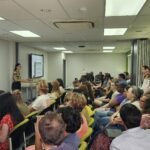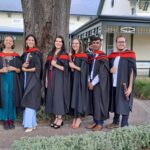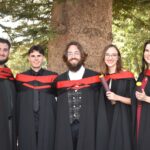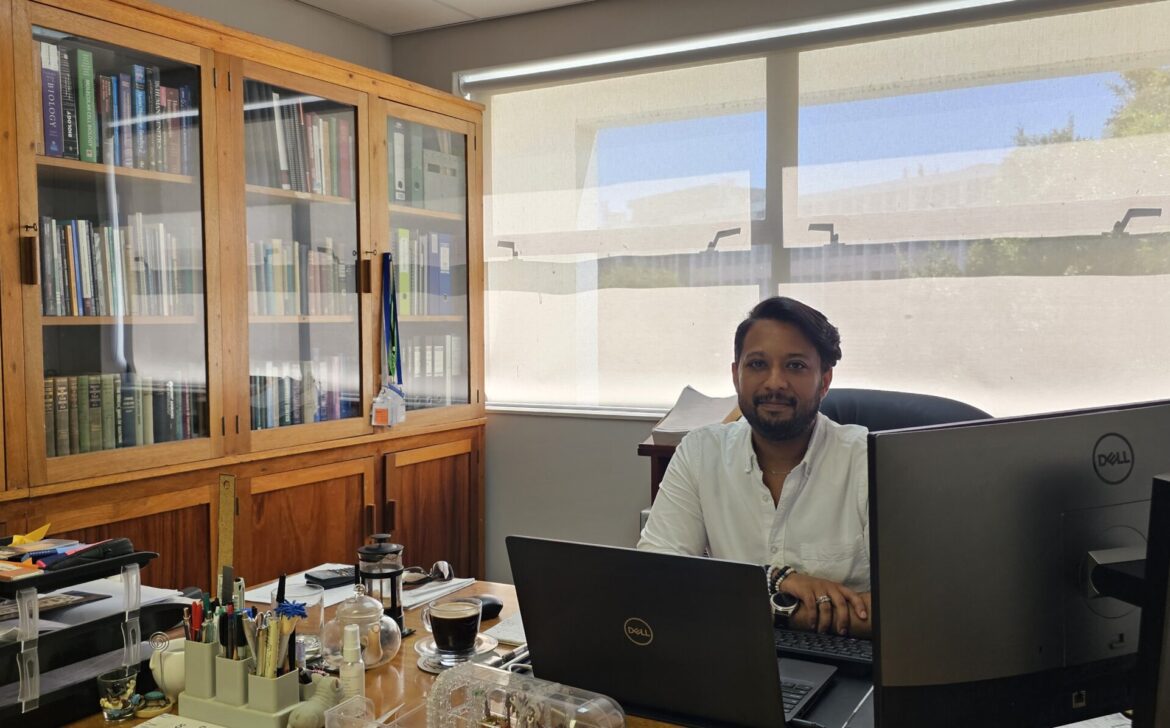Genetics Department Marks 100 Years with Landmark Symposium
The Department of Genetics at Stellenbosch University proudly marked its centenary with a landmark full day symposium held at the Wallenberg Conference Centre at STIAS on 9 September 2025. The event brought together over 170 delegates, including academics, alumni, industry partners, and students, for a day of reflection, scientific exchange, and celebration.
The day began with the warm Stellenbosch sun falling across the venue as excited delegates arrived. The buzz of conversation was matched by the vibrant exhibitions of our three sponsors (Separation scientific sa (pty) ltd; Inqaba biotec; and Anatech). Guests collected their name tags and commemorative booklets; a beautifully designed keepsake capturing the department’s 100-year journey, before gathering in the auditorium for the opening session.
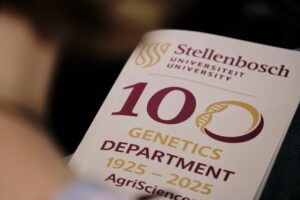
Session 1: Welcome and Legacy
The symposium opened with reflections on the department’s journey, from its earliest foundations to the era of precision genetics. Dean Prof Danie Brink gave a memorable welcome and presented the new Head of Department, Prof Clint Rhode, with a symbolic token; a 118-year-old textbook, Principles of Breeding (1907). This book was originally held by Prof J.H. Neethling in 1925. The programme then continued with Professors L Warnich and JT Burger who traced the evolution of genetics research and applications across the last century, while Dr MS le Roux presented a visual retrospective of the department’s history.
During the first tea break, delegates enjoyed networking while engaging with student posters and catching a preview of the department’s new promotional video series, due for release later this year. With coffee in hand and the backdrop of the Stellenbosch mountains, conversations flowed easily and set the tone for the next session.
Session 2: Plant Genetics and Biotechnology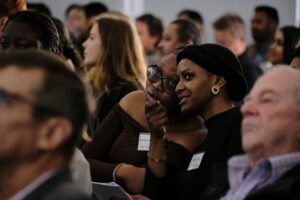
Talks in this session highlighted the department’s deep impact on plant science and agriculture. Dr Renée Prins honoured alumni contributions, while Mr WC Botes offered a unique perspective by showing how the department’s influence reaches back into the late 1800s. Prof H Maree explored plant virology, Dr M Campa presented on grapevine genetics in the Vitis Lab, and Prof AM Botha-Oberholster examined the evolutionary puzzle of the Russian wheat aphid. The session closed with Prof J Lloyd, who reflected on how plant biotechnology at Stellenbosch and within the Institute for Plant Breeding and Biotechnology (IPBB) has been rooted in genetics for decades.
Lunch was a highlight in itself, with carefully curated gourmet meals and exquisite desserts. Delegates, from vegans to vegetarians and beyond were treated to dishes that matched the sophistication of the day, and enjoyed both indoors and outdoors in the vibrant setting.
Session 3: Genetics in Human Health and Disease
The afternoon turned towards health. Dr C Scott reflected on alumni contributions to genetic counselling, while Dr NW McGregor discussed genetics in understanding non-communicable diseases. Dr B Loedolff presented on biotechnology and entrepreneurship, and Ms M Engelbrecht reflected on the department’s teaching and learning journey. Industry partners from Separations showcased how genomics is being leveraged for future breakthroughs.
Session 4: Animal Genetics and Biodiversity
The final session celebrated a century of contributions in animal genetics. Prof C Rhode revisited the department’s pioneering role in the field, Dr B Van Asch explored beetle diversity, and Dr J Klein presented genome-based approaches to fisheries management and conservation.
Cocktail event
Despite the long day, the energy never waned. Delegates gathered for group photos before moving into the cocktail reception, where Stellenbosch wines, artisanal canapés, and lively conversation carried the celebration into the evening. Students, staff, alumni, and industry partners mingled freely, reflecting on the day’s talks while honouring the shared history of the department. A special highlight of the evening was the presentation of a commemorative plaque to the Department by Mr Nicolas Queisser, Managing Director: Sales and Marketing at Separations. This plaque, soon to be displayed at the department’s entrance, will serve as a lasting reminder of the symposium and of our 100-year milestone.
So what happens next:
The centenary journey doesn’t end here. In the coming weeks:
- The Department of Genetics will release two short highlight videos (about two minutes each) capturing the energy and spirit of the symposium.
- This will be followed by the launch of our academic video series, which will showing each academic in their teaching and research environments. In these short films, staff will share what they do, why it matters, and their vision for the future of genetics.
Think of it as both a behind-the-scenes glimpse into the people and passion that define our department, and a public invitation to see how Stellenbosch Genetics is shaping the next 100 years.
As your departmental scribe, it was remarkable to witness how the symposium placed our achievements in context. Over the past century, strong leadership and collaborative research have shaped the Department of Genetics into what it is today: a hub of innovation, teaching, and community. The Centenary Symposium was not only a celebration of the past but also a springboard for the future. From plant and animal genetics to human health and biotechnology, the department reaffirmed its role as a leader in advancing science and training the next generation of geneticists. We extend our sincere thanks to all sponsors, delegates, and especially the Symposium Planning Committee, whose tireless efforts made this event possible.
Composed by The Department Scribe





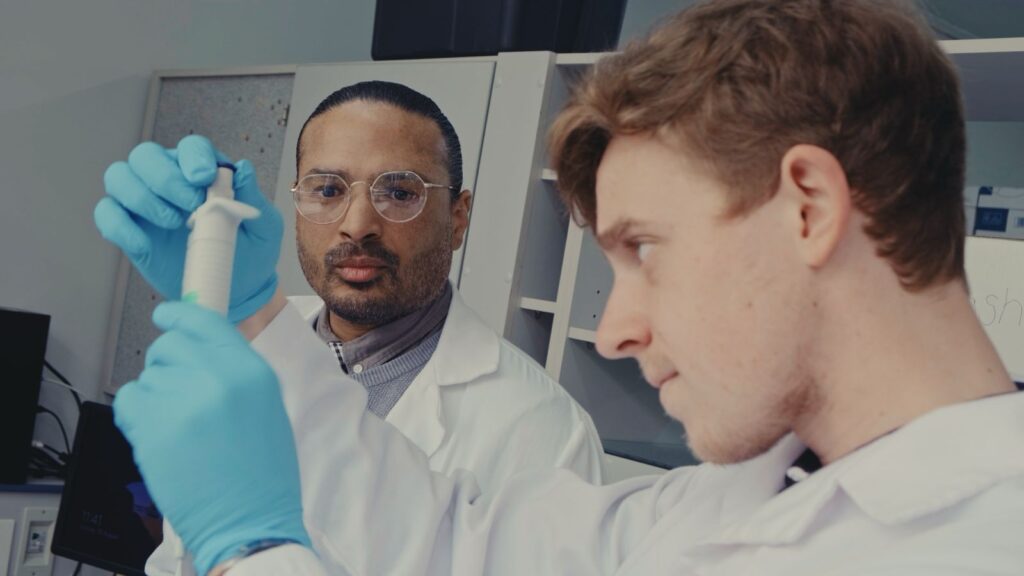









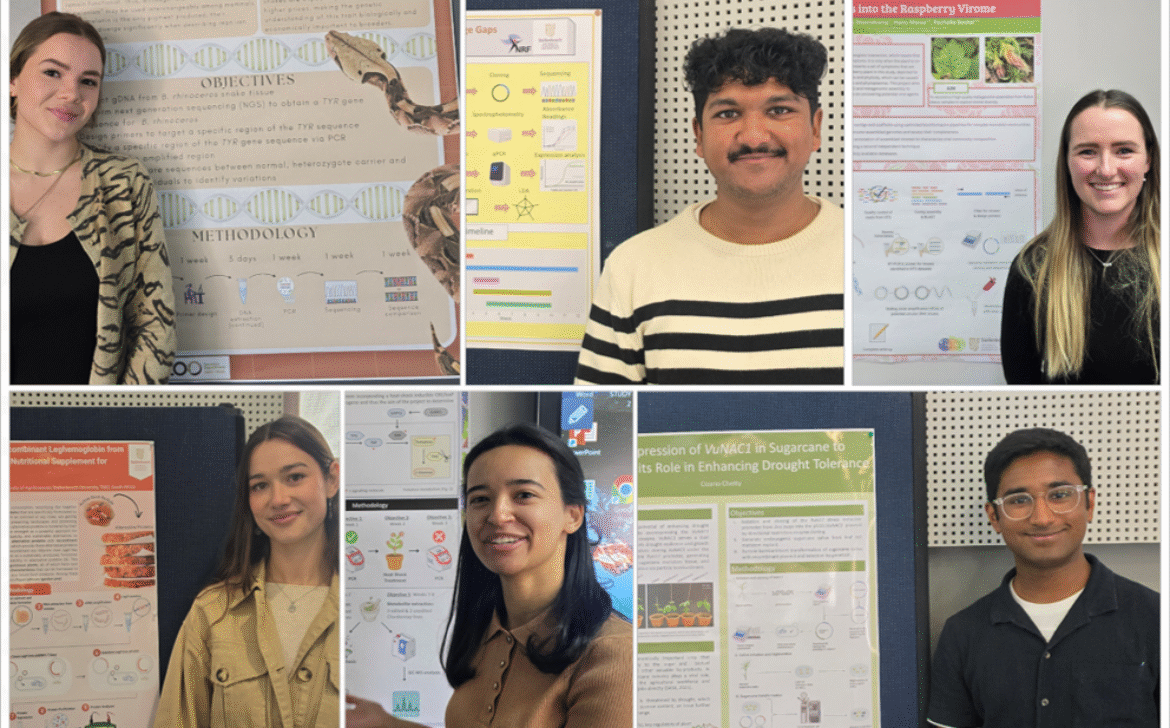
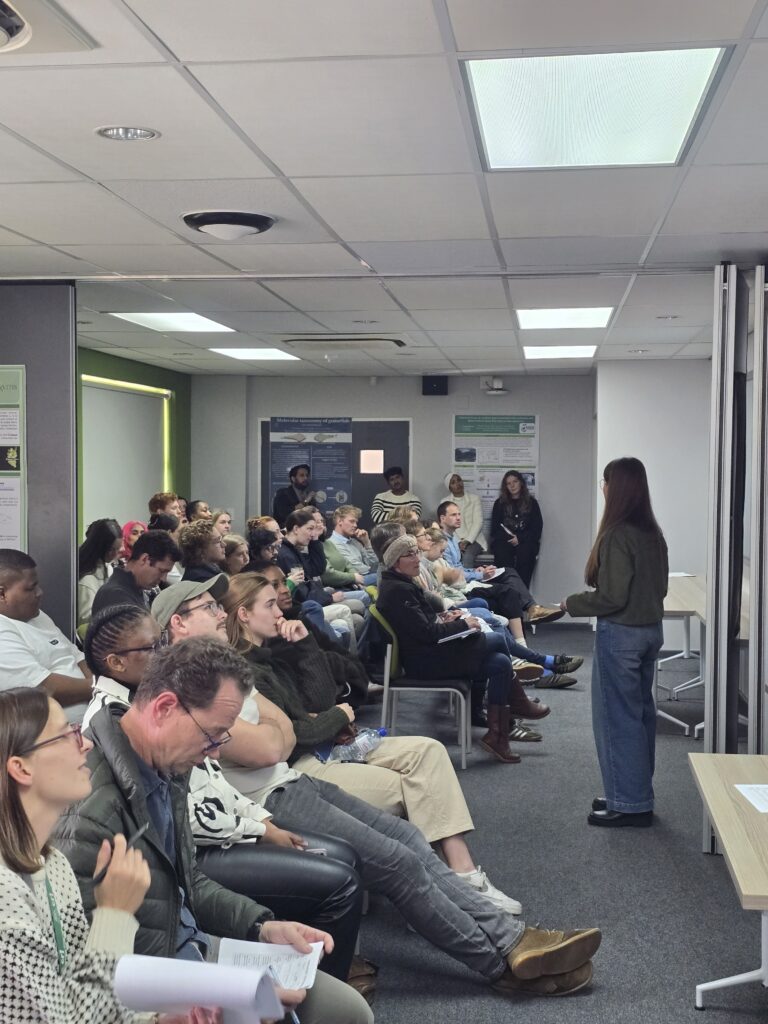
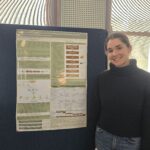
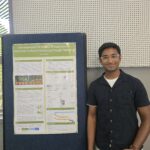

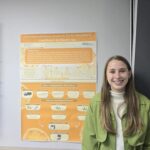
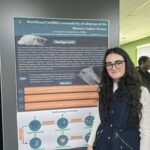


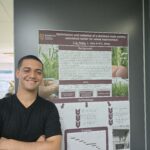

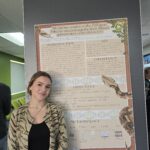

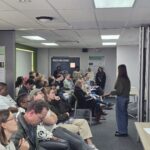

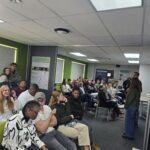



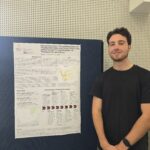

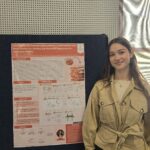
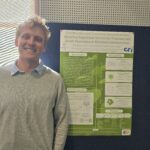


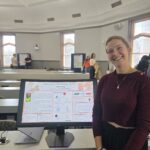


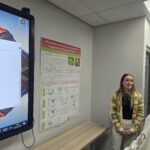


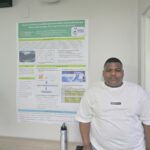
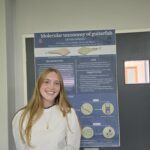

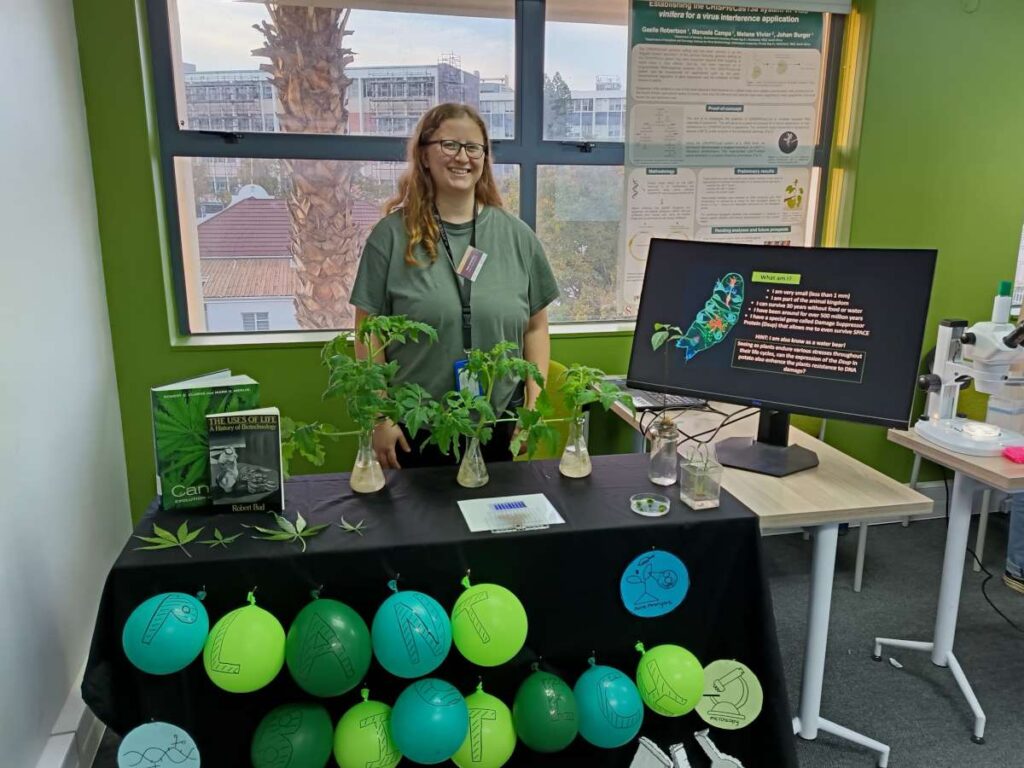
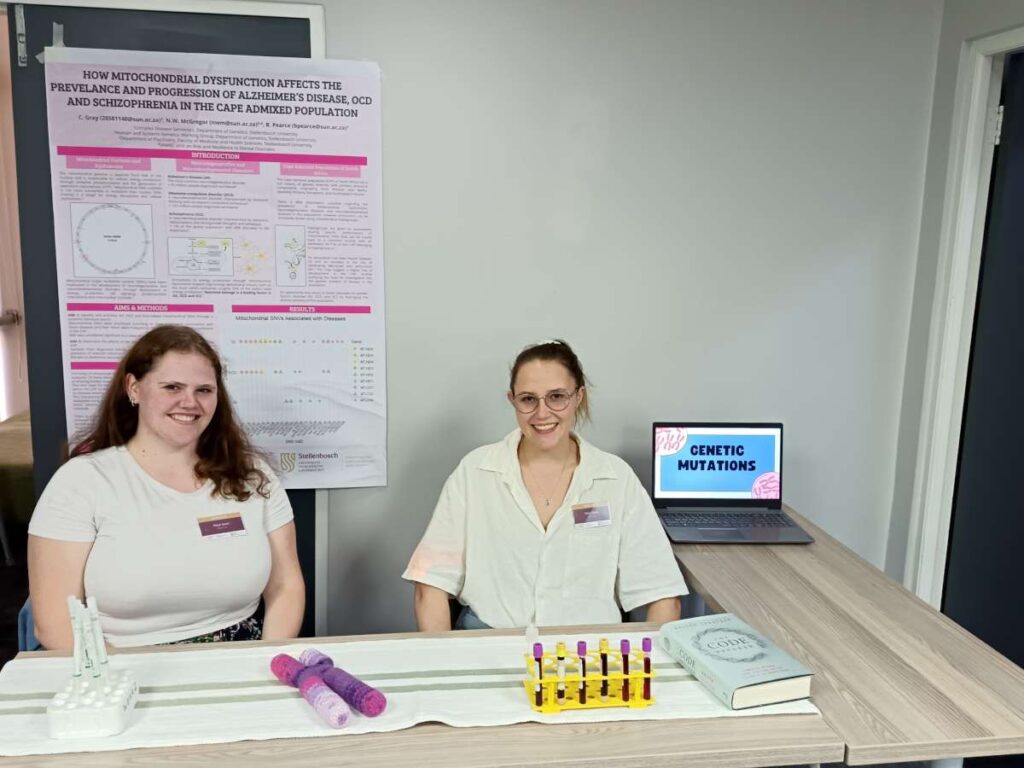
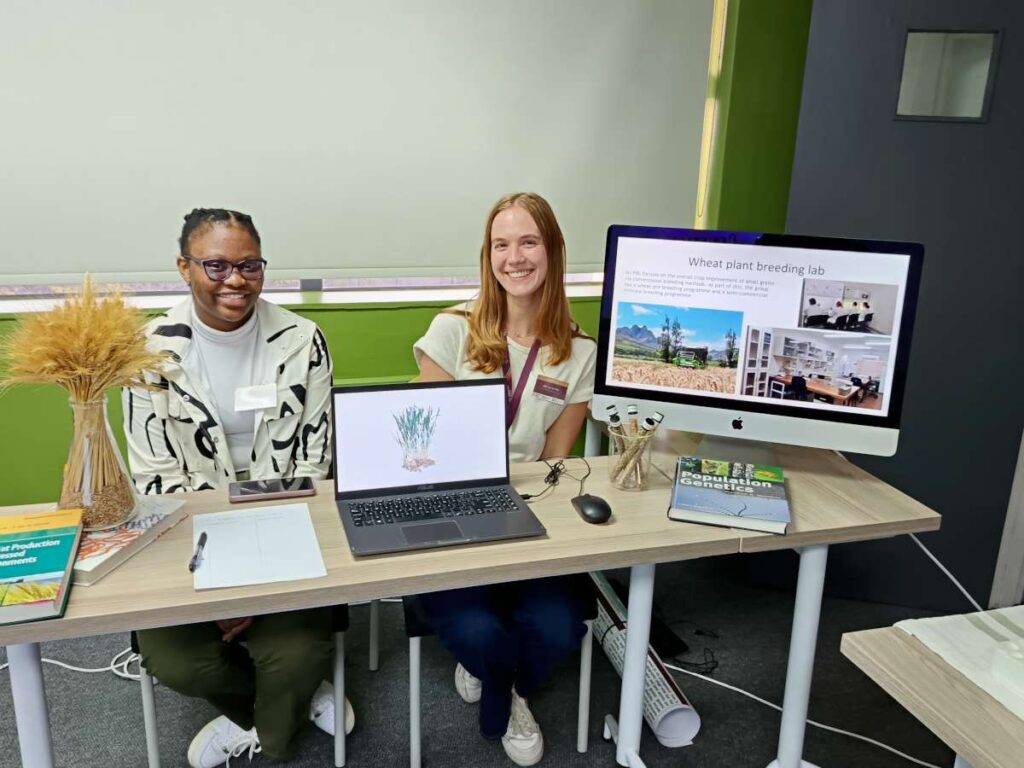
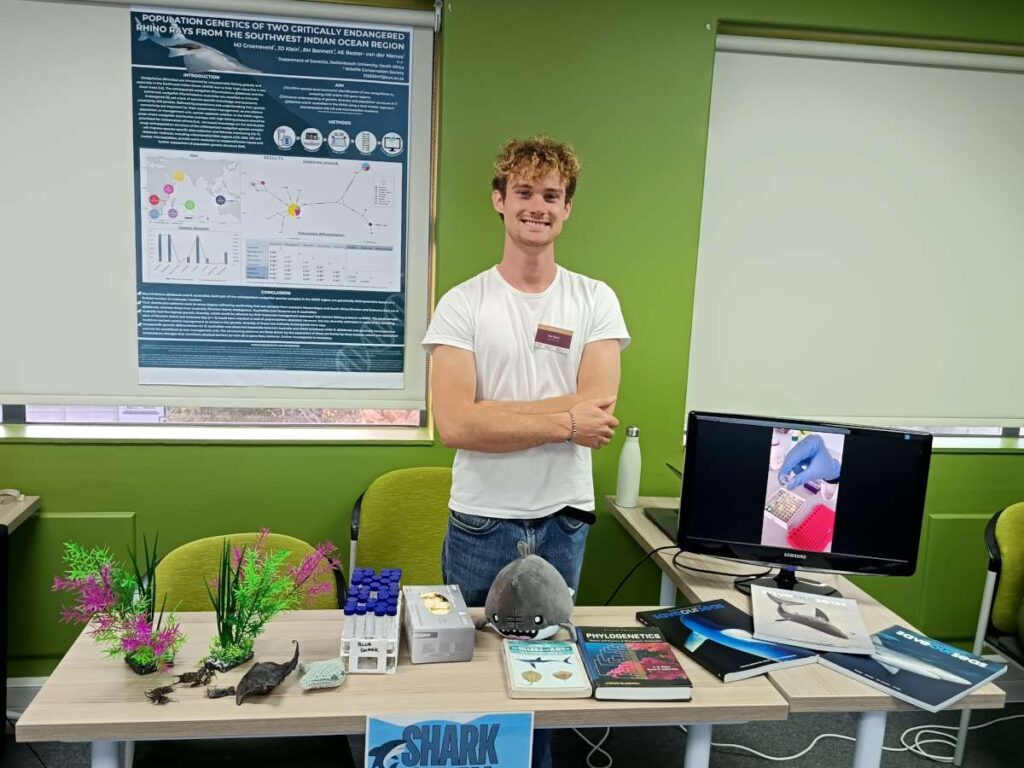
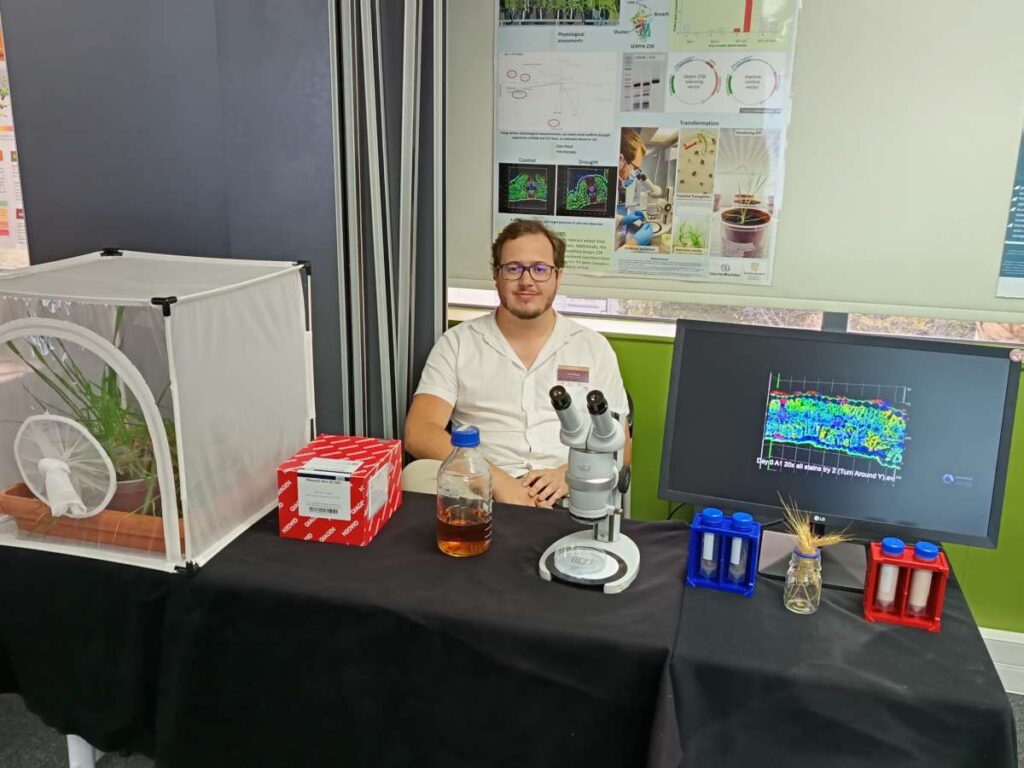
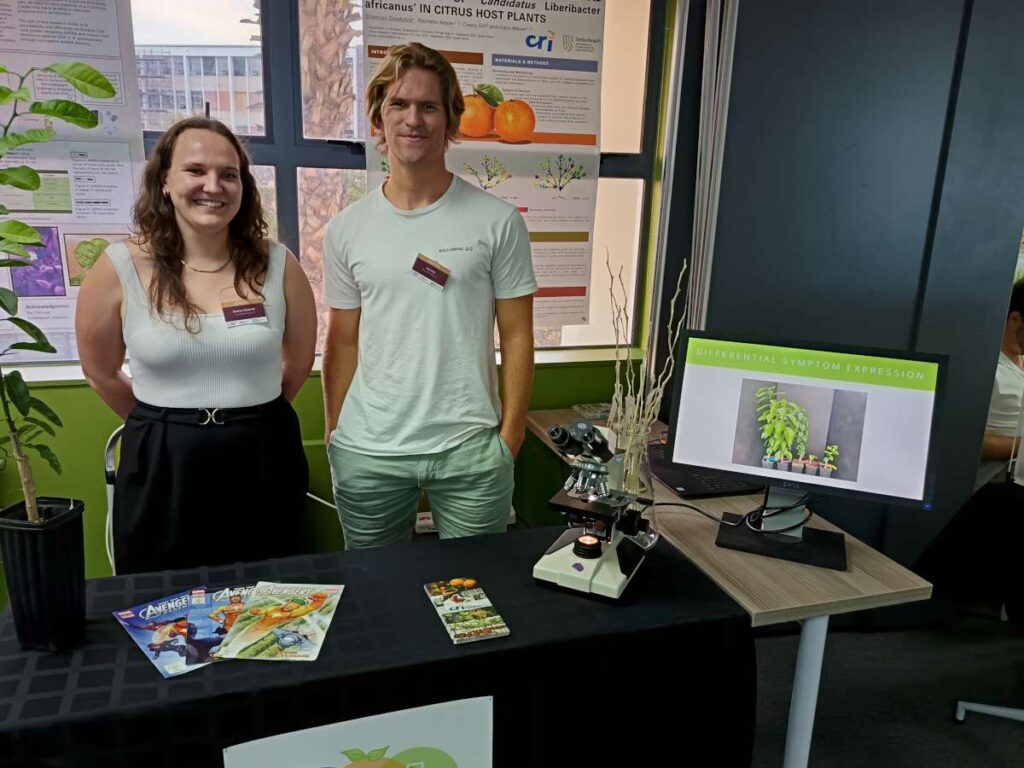
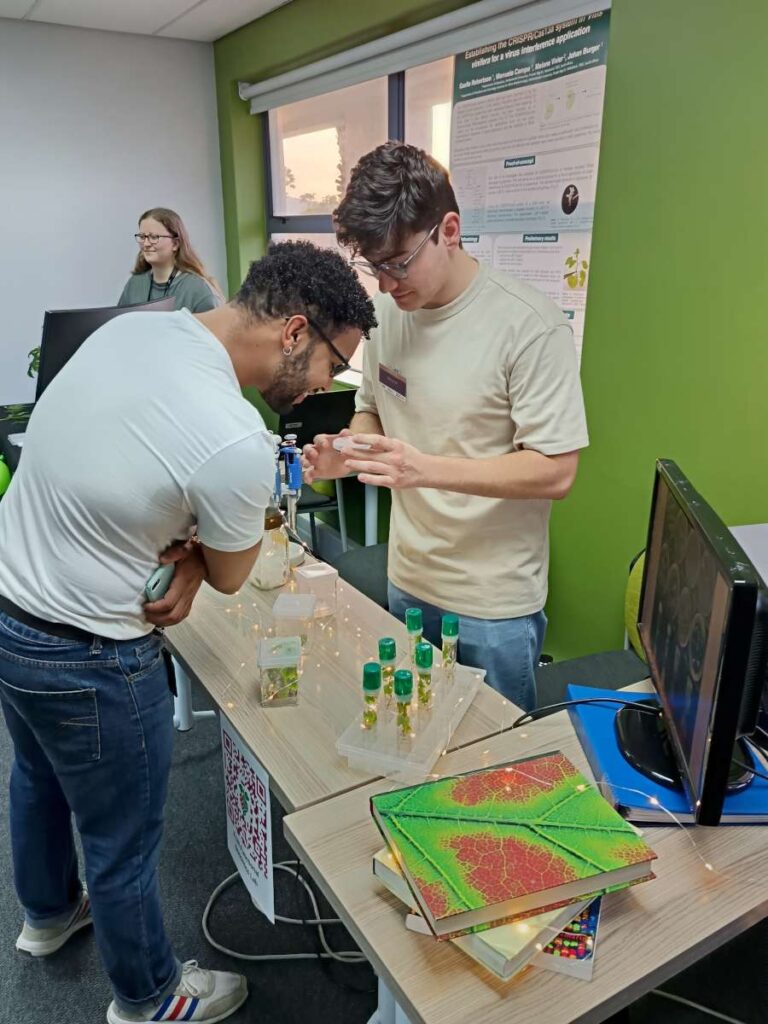
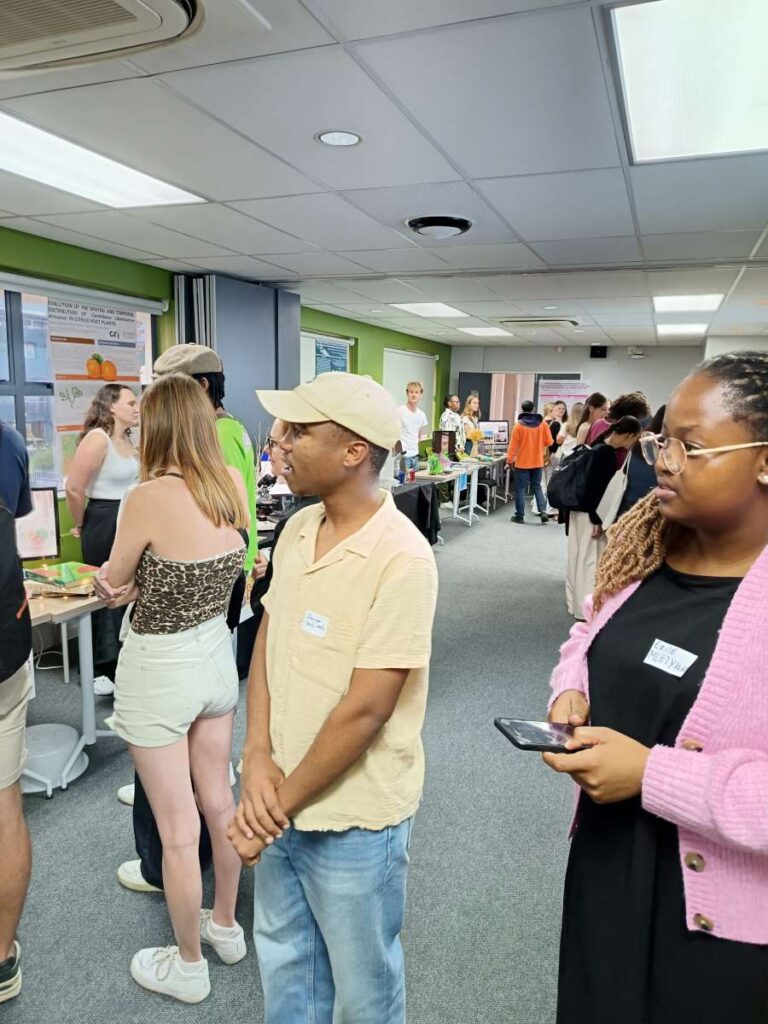
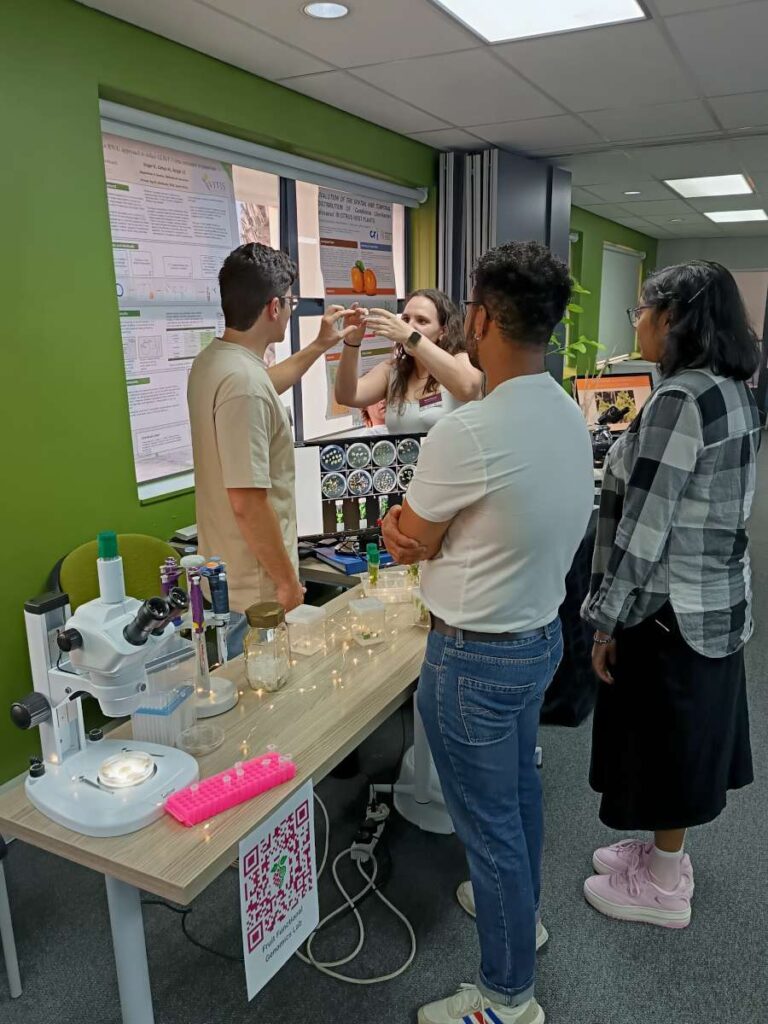
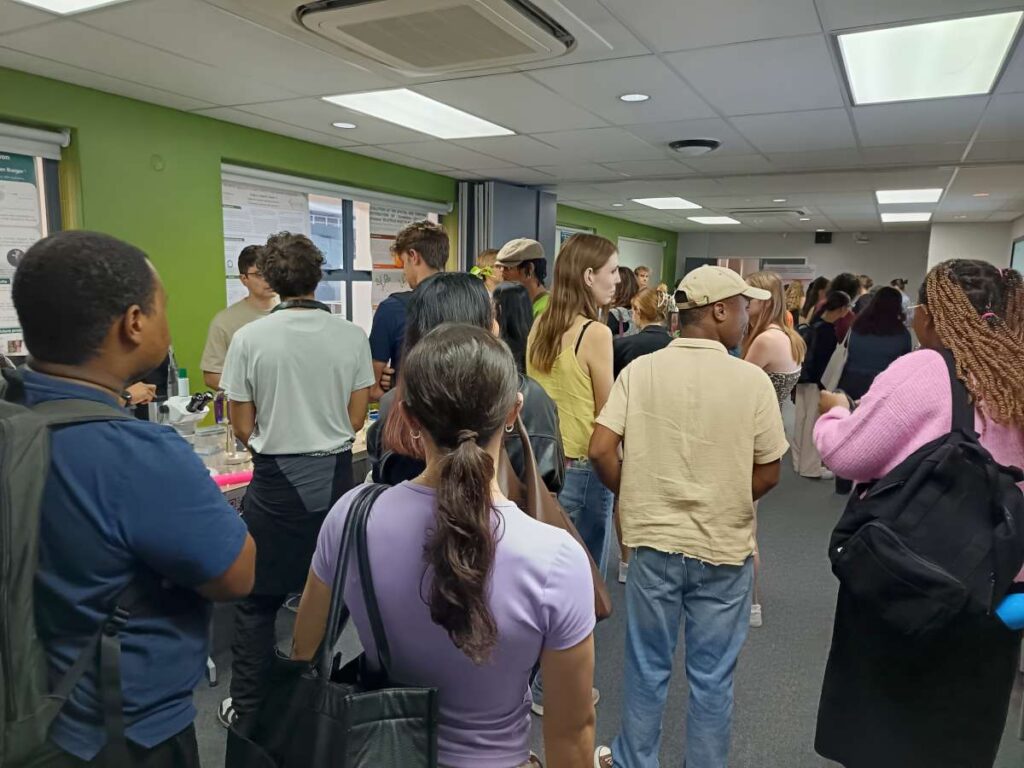
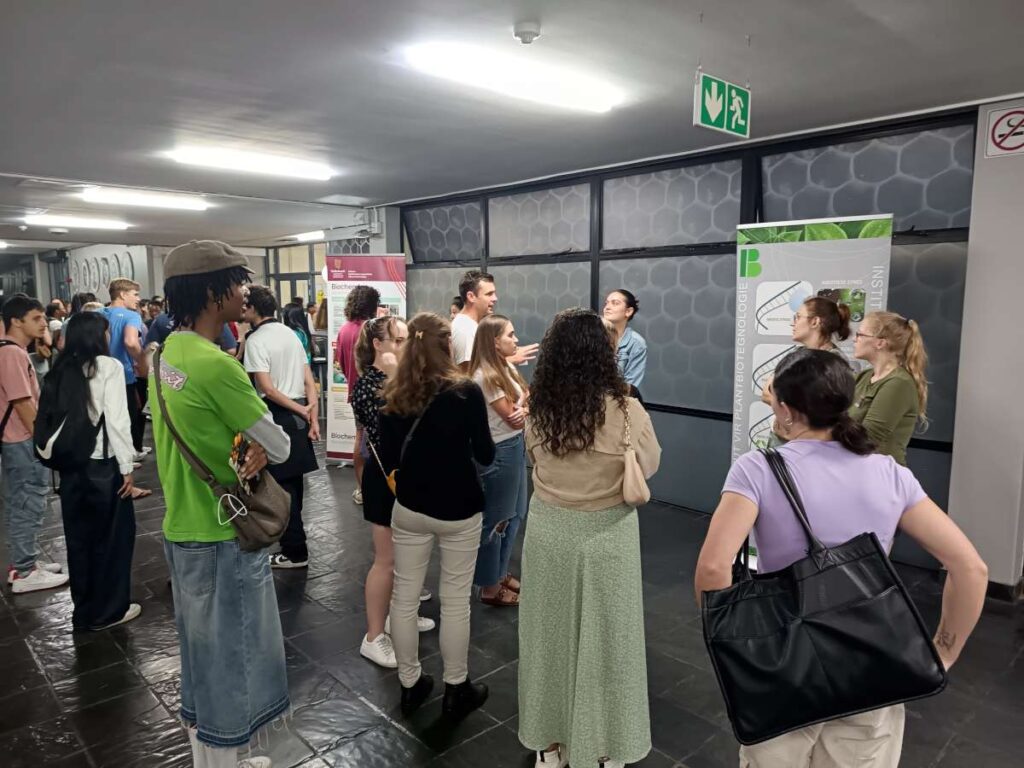
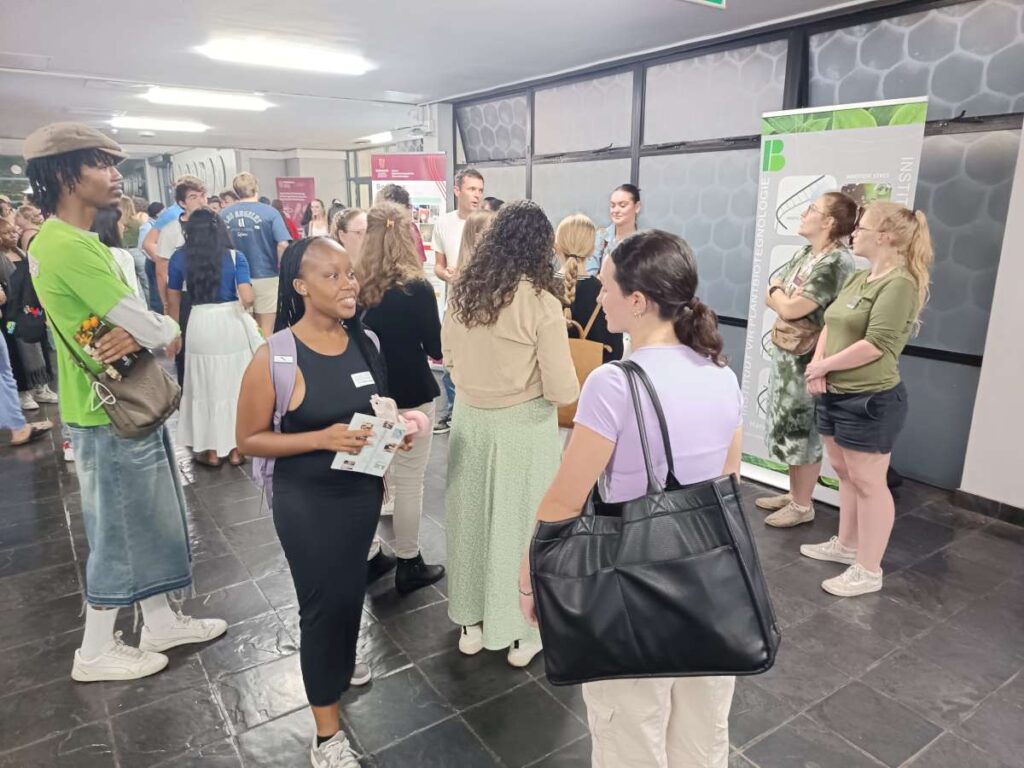
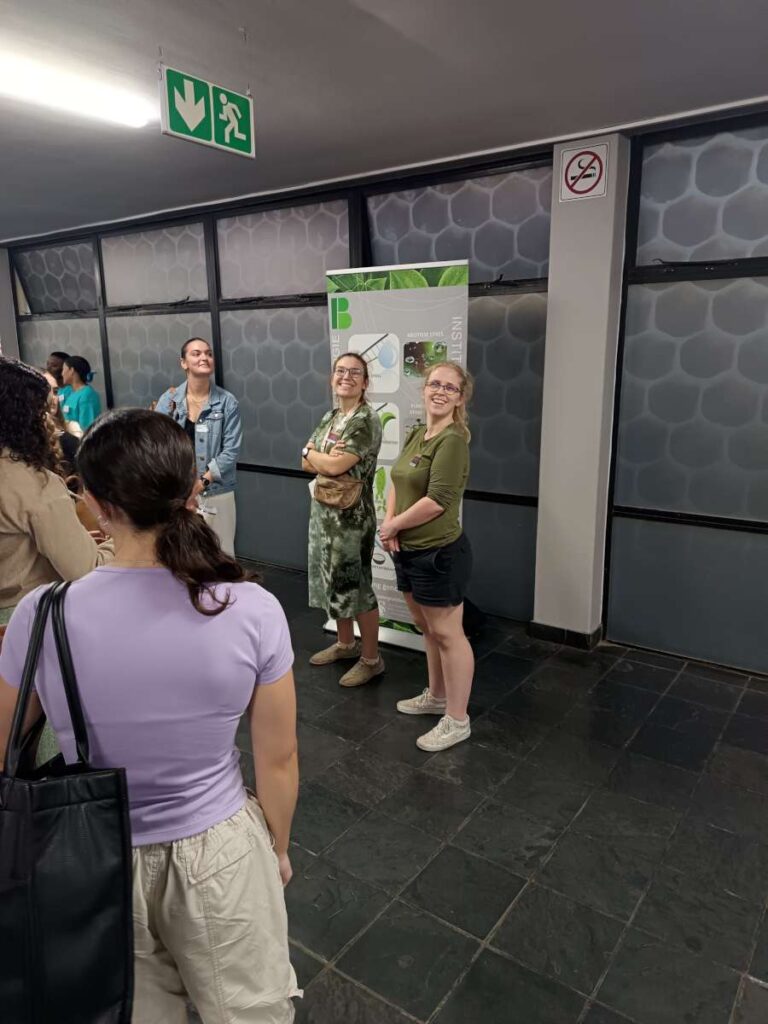
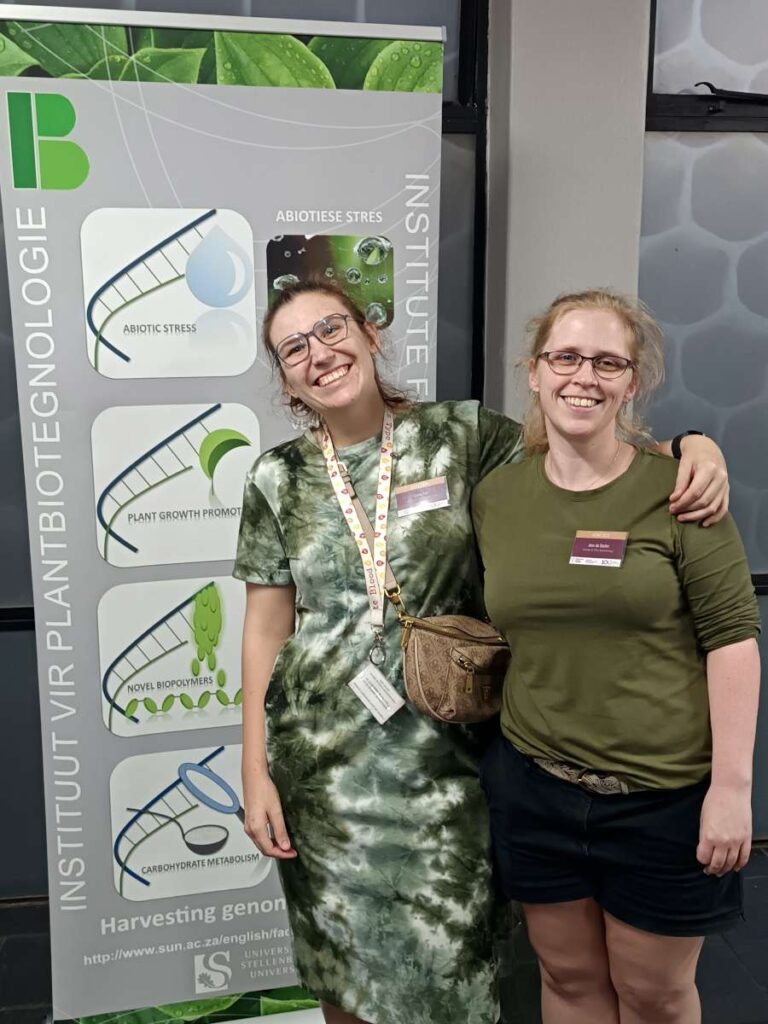
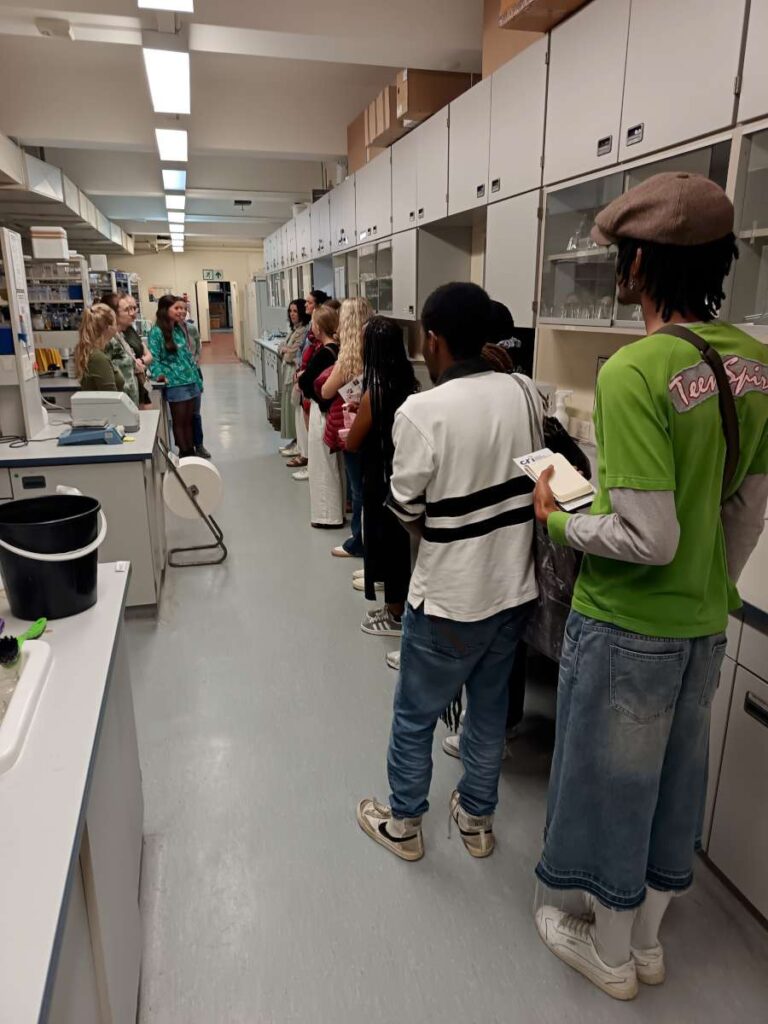
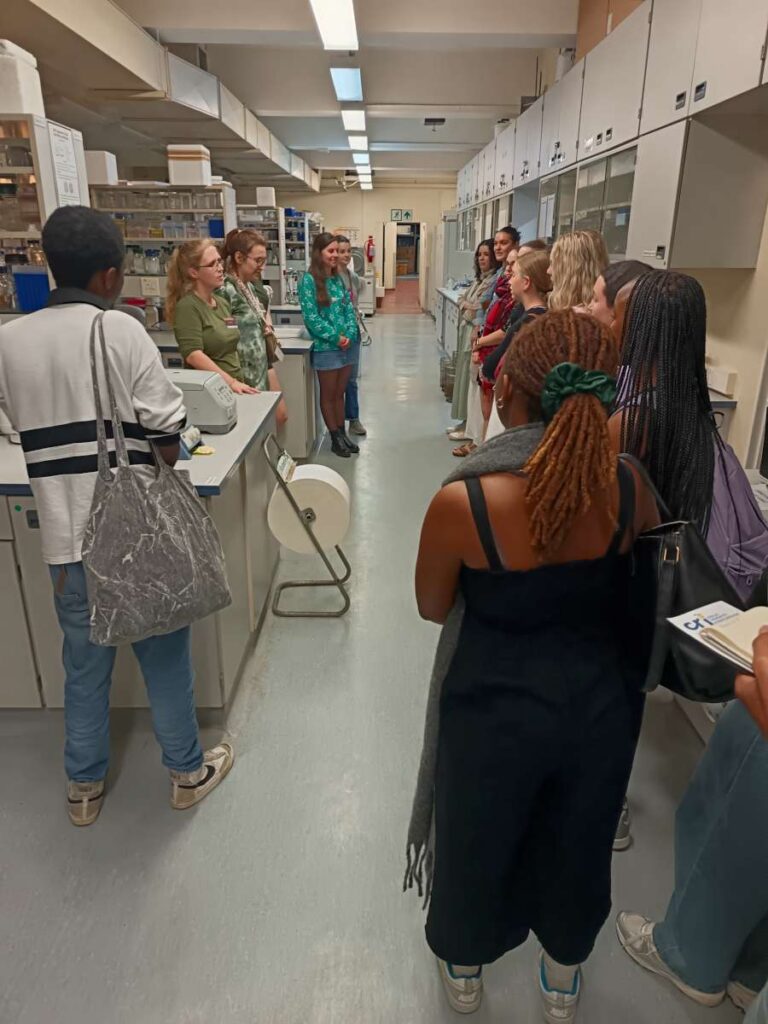
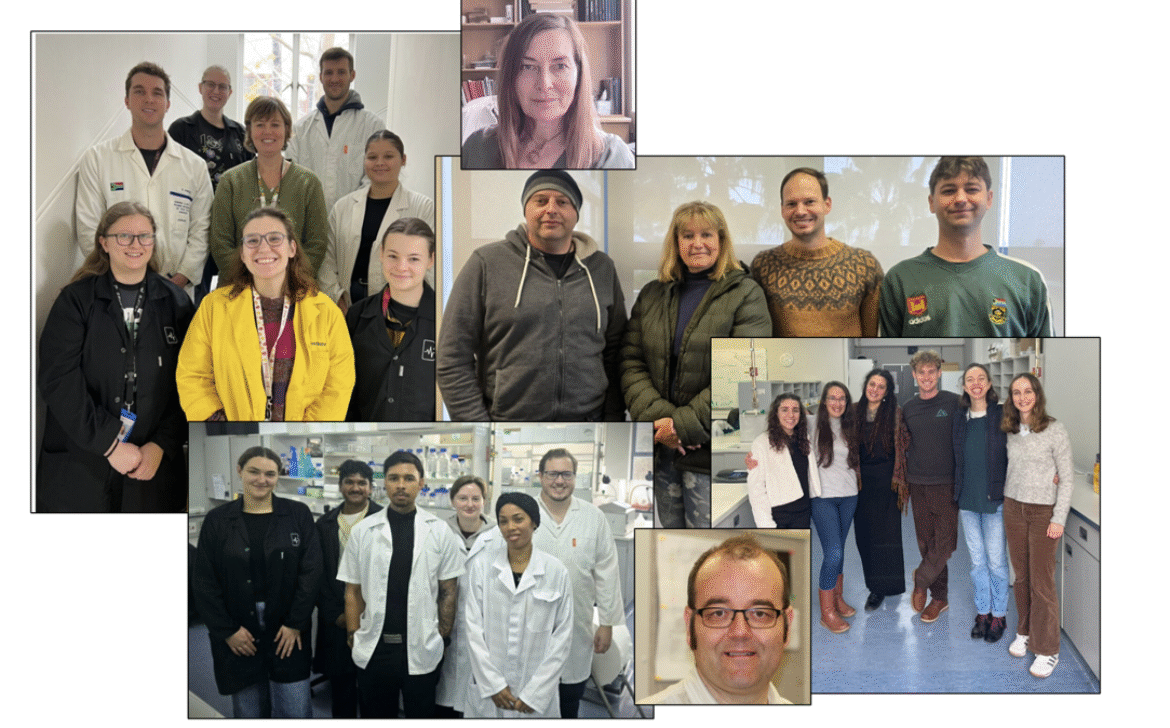
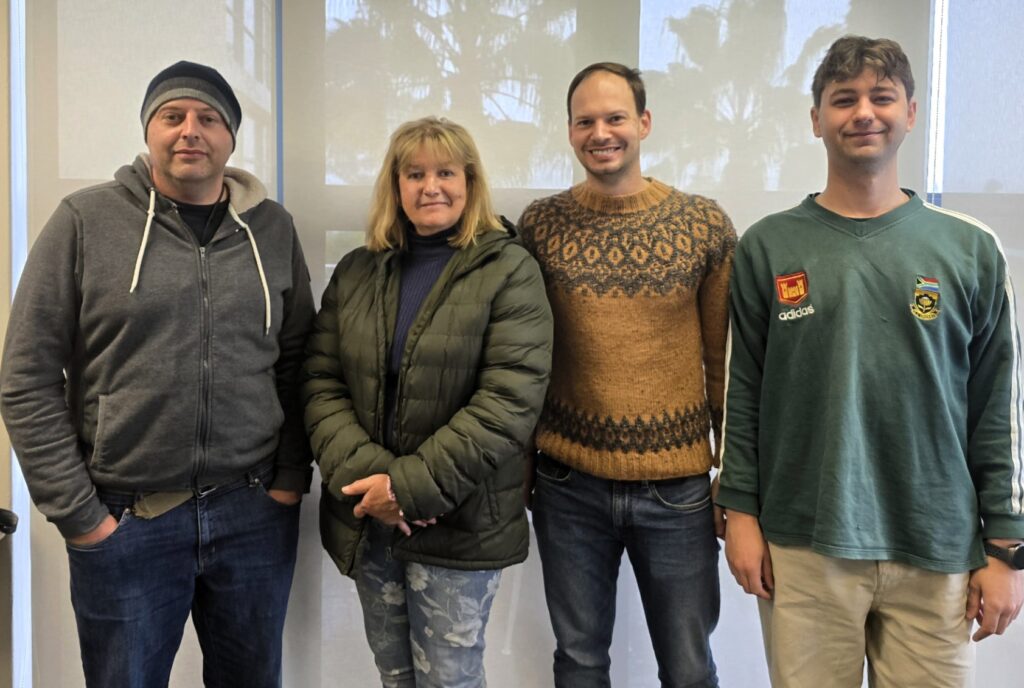 genomics has consistently bridged fundamental science with real-world agricultural applications. She is a B-rated scientist by the
genomics has consistently bridged fundamental science with real-world agricultural applications. She is a B-rated scientist by the 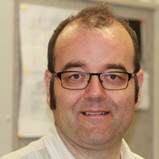
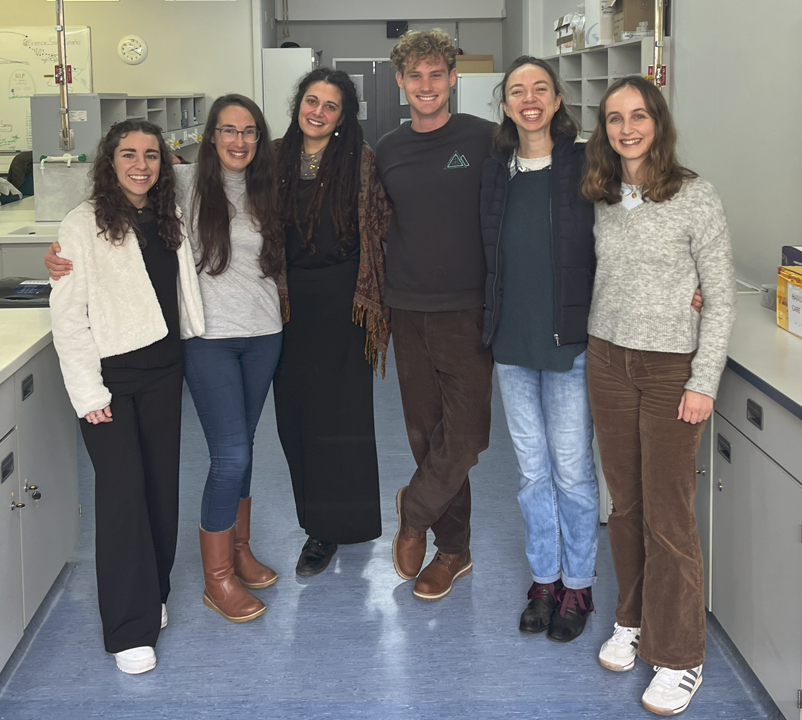
 depth and relevance of his work within the mental health genetics field.
depth and relevance of his work within the mental health genetics field.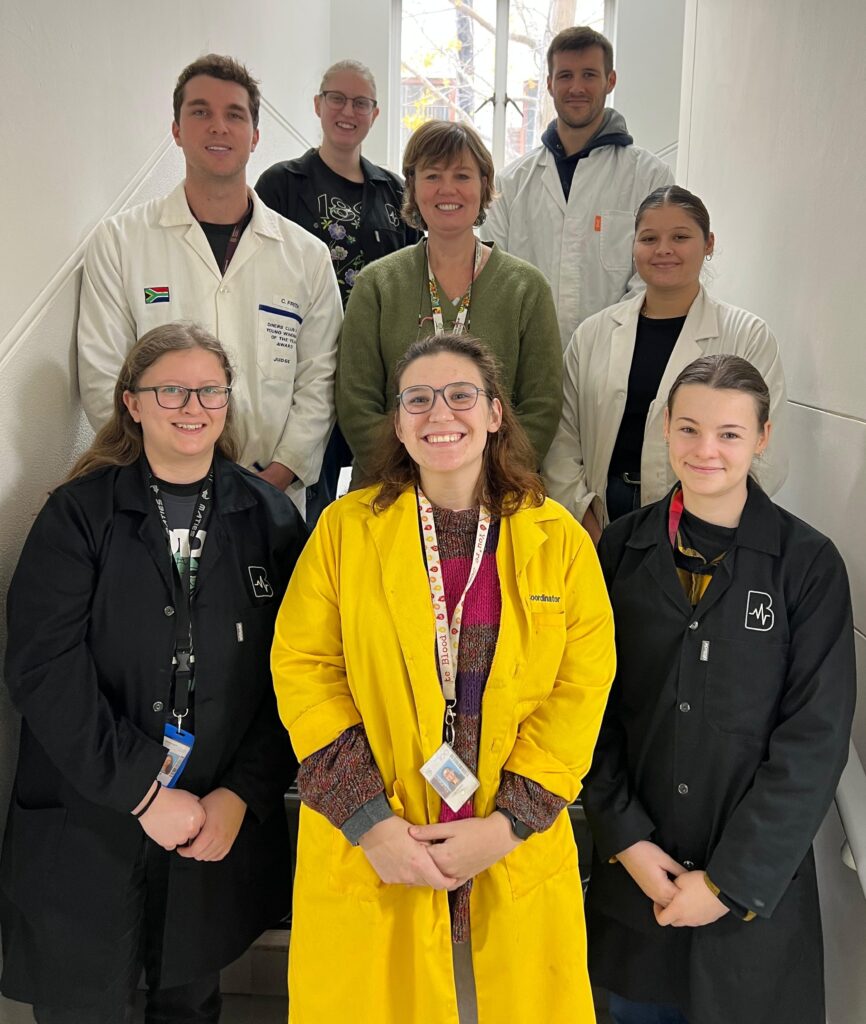 ategic industry partnerships, particularly in the field of sugarcane improvement. With over 800 citations, an h-index of 16, and +30 publications, her scholarly record demonstrates both depth and sustained influence within applied plant biotechnology.
ategic industry partnerships, particularly in the field of sugarcane improvement. With over 800 citations, an h-index of 16, and +30 publications, her scholarly record demonstrates both depth and sustained influence within applied plant biotechnology. Although still early in his academic career having held his position for just four years, Dr. Le Roux has already surpassed 102 citations, with +8 publication, showing the growing visibility and relevance of his research contributions.
Although still early in his academic career having held his position for just four years, Dr. Le Roux has already surpassed 102 citations, with +8 publication, showing the growing visibility and relevance of his research contributions.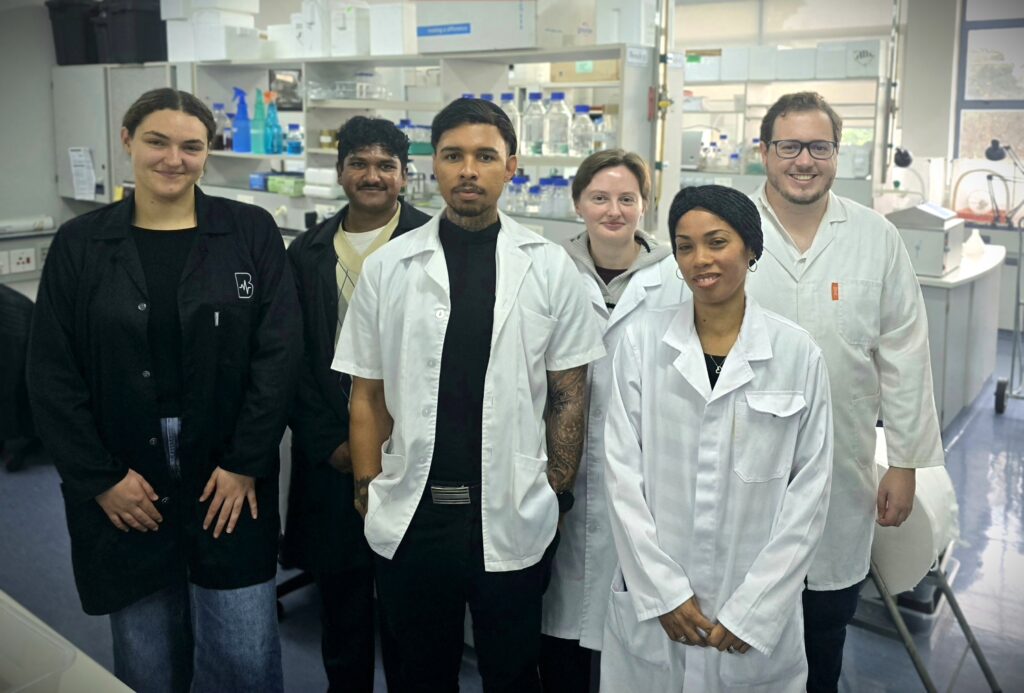 climate-induced yield loss in wheat and promotes the use of AI, particularly deep learning, to extract meaningful insights from omics datasets. The article advances the case for computational tools in identifying and deploying drought-resilient traits in crops.
climate-induced yield loss in wheat and promotes the use of AI, particularly deep learning, to extract meaningful insights from omics datasets. The article advances the case for computational tools in identifying and deploying drought-resilient traits in crops.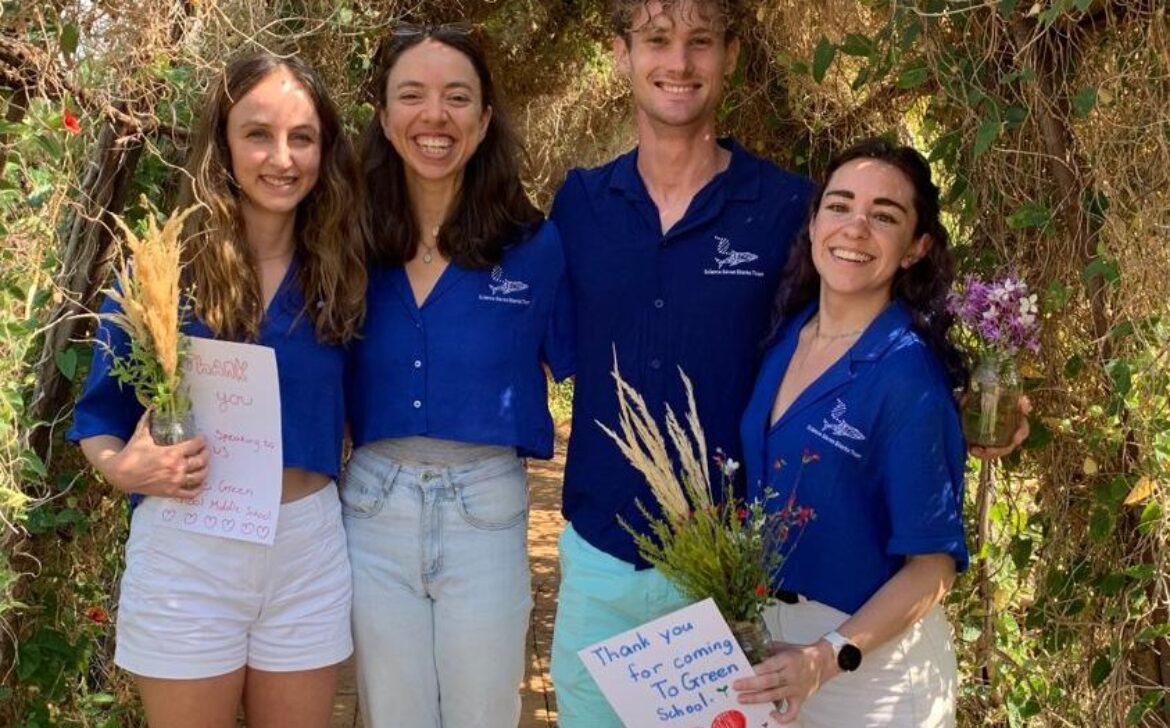
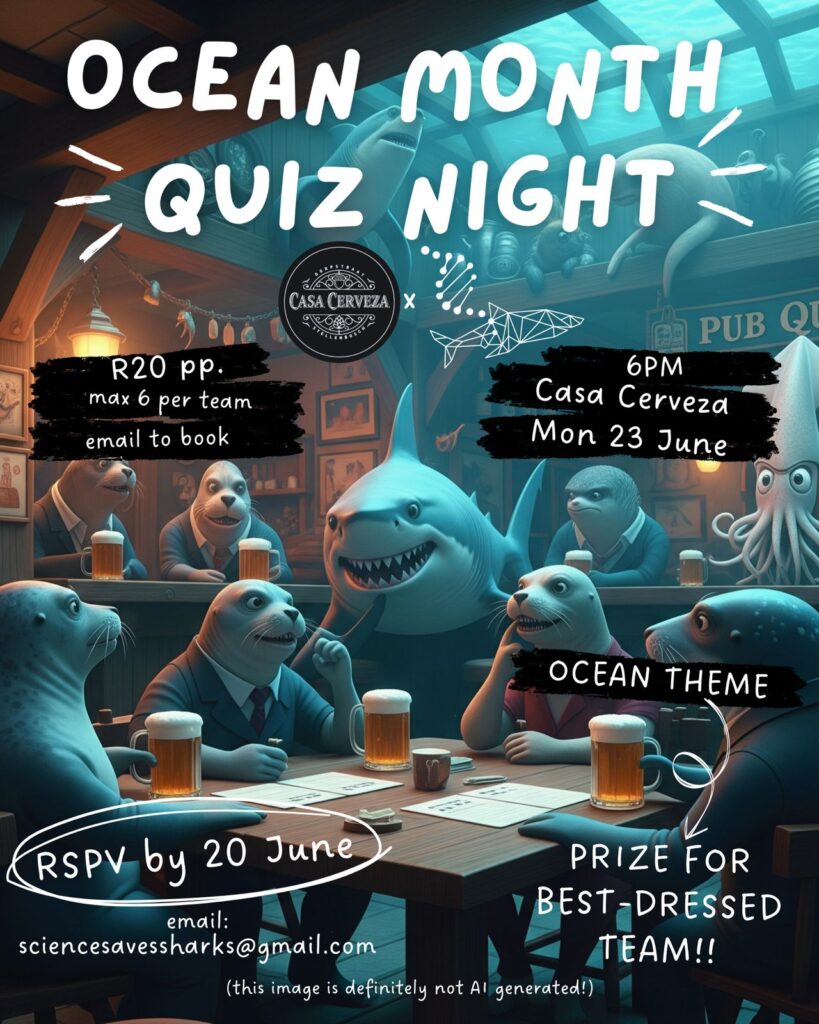
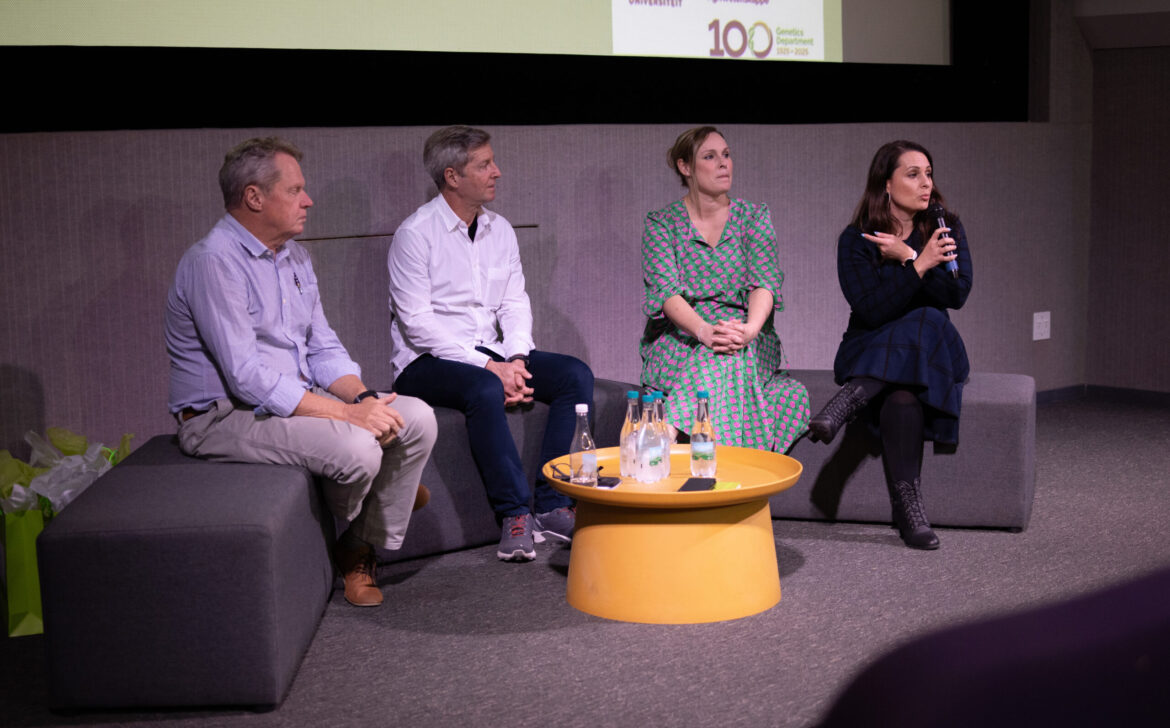

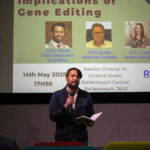
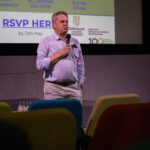
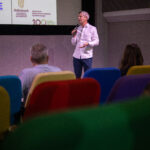
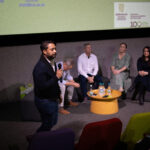
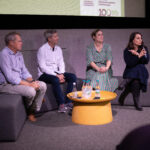
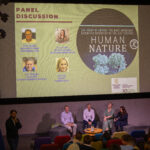
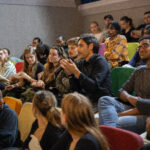
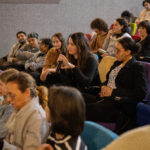

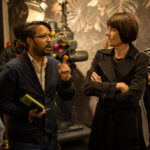
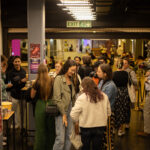
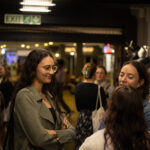


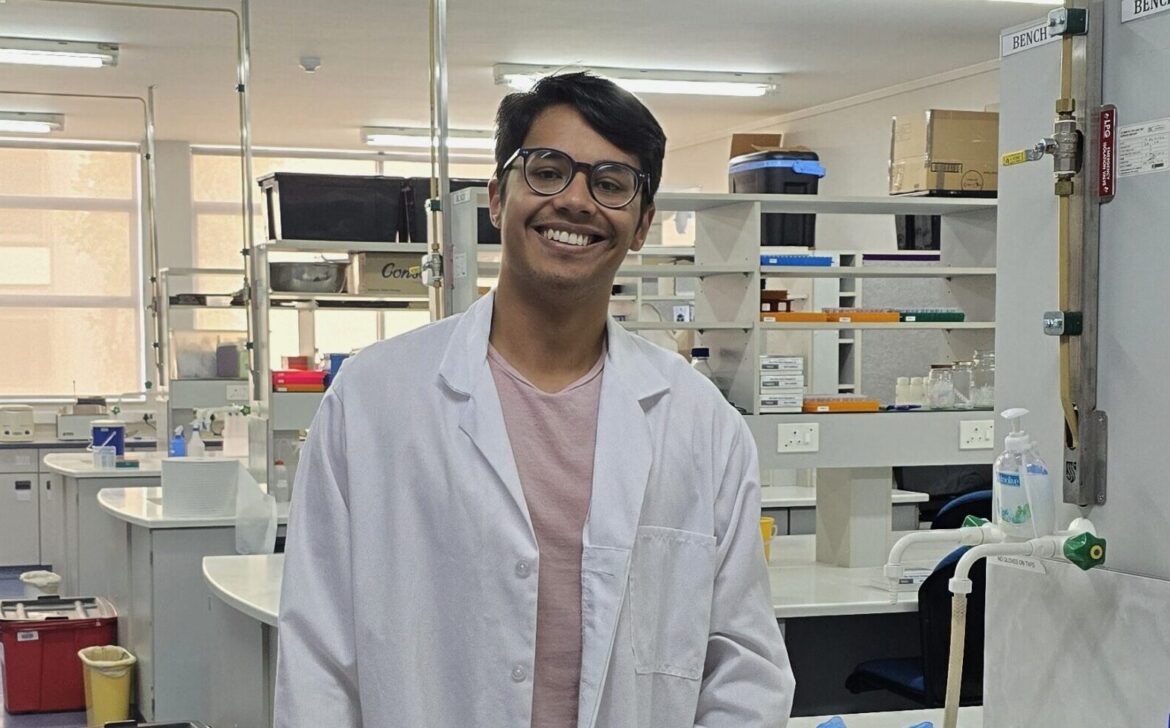
 epresent others who are doing it,” he says. His leadership approach is deeply rooted in listening and inclusion. “So much can be fixed if we just have clear channels of communication,” he adds, aiming to create a student network that is more connected, responsive, and representative.
epresent others who are doing it,” he says. His leadership approach is deeply rooted in listening and inclusion. “So much can be fixed if we just have clear channels of communication,” he adds, aiming to create a student network that is more connected, responsive, and representative.